One of Europe’s best kept secrets is Estonia, a small coastal country with a lot of heart. 

This country takes visitors back in time to a fantasy-like atmosphere filled with medieval houses, castles, museums, fortifications, and windy alleys and paths. These incredible features take visitors on an unforgettable adventure.
Most of the attractions are located in Tallinn, North-western Estonia. Here are the top 35 Tallinn attractions and museums.
We highly recommend visiting Epping Tower Exhibition! Get tickets here!
1. Seaplane Harbor
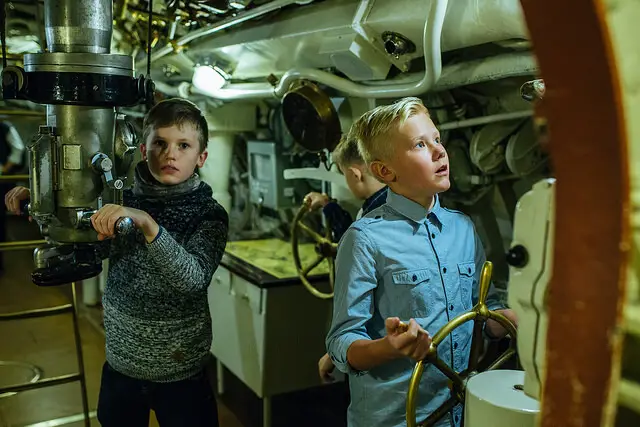
To start off our top Tallinn museums and attractions to visit is, Seaplane Harbor Museum. Seaplane Harbor is located in the Tallinn airplane harbor in a building that was originally constructed as a hangar for seaplanes in the region of Peter the Great’s Naval Fortress. The main attraction of the Seaplane harbor museum is the 1936 submarine Lembit, which was ordered by Estonian from England. It has now been renovated to its original 1930s appearance. There is also an exhibit indicating the background to the sinking of the MS Estonia ferry in 1994.
2. Tallinn Song Festival Grounds
Visiting the Tallinn Song Festival Grounds is one of the best Estonia things to do. This isn’t your normal concert venue. The Festival Grounds play a key role in the history of the country. This is because, the festival that originated from this place started an awakening for the nation – in the year, 1988 Estonians started singing hymns, “The Singing Revolution”, which led to Estonia’s independence.
3. Epping Tower

A great stop for entire family, which will give insight to medieval Tallinn. Spend an amazing weekend here and explore 6 floors of existing exhibits. Get tickets below to avoid queues.
4. Tallinn TV Tower

Tallinn TV Tower is the highest building in Estonia, reaching up to 314 metres. The tower originally built for public broadcasting offers in addition to the unique and breathtaking view a myriad of exciting experiences. The view from Tallinn TV Tower is unique in Estonia as well as in all of Northern Europe. Complex also includes restaurant.
5. Kiek in de Kok, Tallinn
The Estonia museum inside this amazing artillery tower, whose names translates to “peep into the kitchen” is quite interesting. The tower was built to conceal the movement of soldiers, and as a bomb shelter during the 1944 Soviet bombings.
6. Toompea Castle
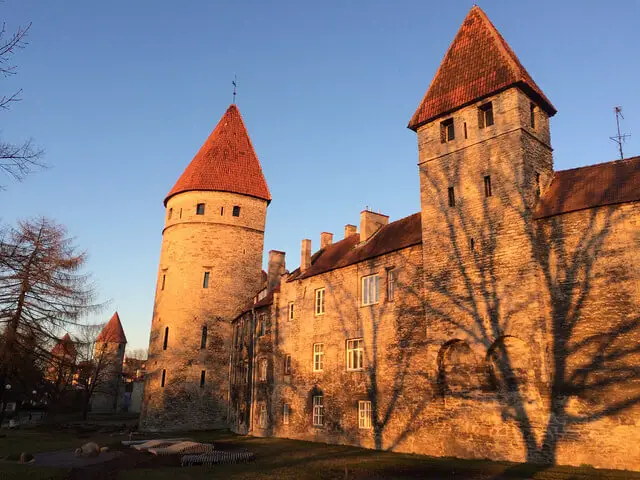
This castle was erected on the foundations of the falling eastern wing of the fortress built on this site in the 13th and 14th centuries. On its part, the Toompea Castle was built between 1767 and 1773.
This history of Toompea is the story of the conquerors and rulers of Estonia, each of whom customized the place to fit their own needs and specifications. Now, the castle is home to the Riigikogu (Estonian Parliament).
Expeditions of the castle for individuals and groups take place every day from Monday to Friday if booked ahead of time.
7. Great Guild, Tallinn
This was a Guild for artisans and merchant who operated in Tallinn from the 14th century to 1920. It was based in the Great Guild Hall, a gothic building in Tallinn. The building was erected in 1407-1410 and its interiors were finished in 1417. The building is decorated with blind arches and has a typical, prominent portal. Inside, the hall maintains a medieval atmosphere and is decorated with carved capitals.
8. Estonian National Opera
This majestic and fascinating historical opera house is part of the Estonia Theatre Building, located in Tallinn. It consists of contemporary and classical ballets and operas, musicals, and frequent shows for kids.
9. Kadriorg Palace
Kadriorg Palace was built from 1718 to 1725 in the Petrine Baroque style by the then ruler, Peter the Great for his second wife Catherine I. This is why its name translates to “Catherine’s Valley”. Kadriorg Palace is currently the home to the Art Museum of Estonia. Here, tourists are able to see different foreign arts from the 16th to the 20th century such as graphics, paintings, sculptures, and applied arts.
10. Russian Museum in Tallinn
The Russian Museum in Tallinn introduces Russian culture into Estonia. The museum hence works to restore, maintain, collect, and display Estonian Russian cultural objects.
11. Alexander Nevsky Cathedral
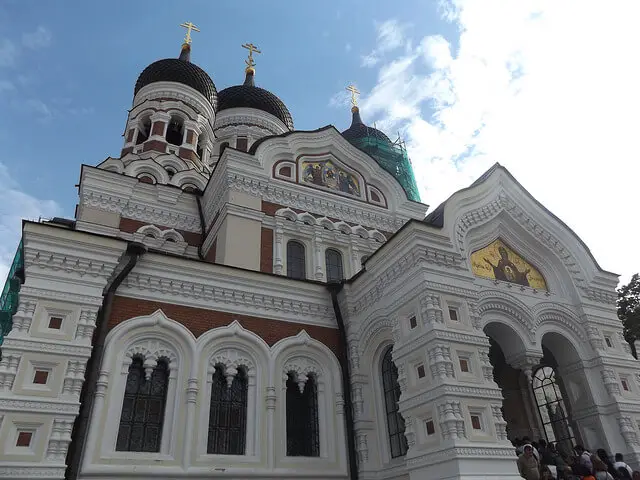
This magnificent, onion-domed structure located at the top of Toompea Hill is Estonia’s major Russian Orthodox Cathedral. It is also the most opulent Orthodox Church in Tallinn. It was built in the year, 1900 when Estonia was a part of the tsarist Russian territory. This cathedral was intended to be a symbol of the empire’s dominance – both political and religious – over this Baltic territory.
The Cathedral was deliberately placed in its current location, in front of Toompea Castle, on a similar spot where the statue of Martin Luther King was previously stood, to show the locals who was in charge. The controversy has long since faded, and what is left is an architectural masterpiece. The church towers’ hold Tallinn’s most powerful church bell ensembles, including the largest in Tallinn, weighing 15 tons.
Read more: Tallinn – Two Feet + Map + Road
12. Carved Stone Museum
This museum joins underground Tallinn and the carved stone heritage of the city. It presents the carved stone collection of the City of Tallinn and is located in the Inger Bastion tunnel. Tourists find exciting and decorative carved stone fragments of Tallinn such as decorative poles, portals, and courtyard stones with symbols and house marks from the 15th century.
13. Arhitektuurimuuseum – Museum of Estonian Architecture
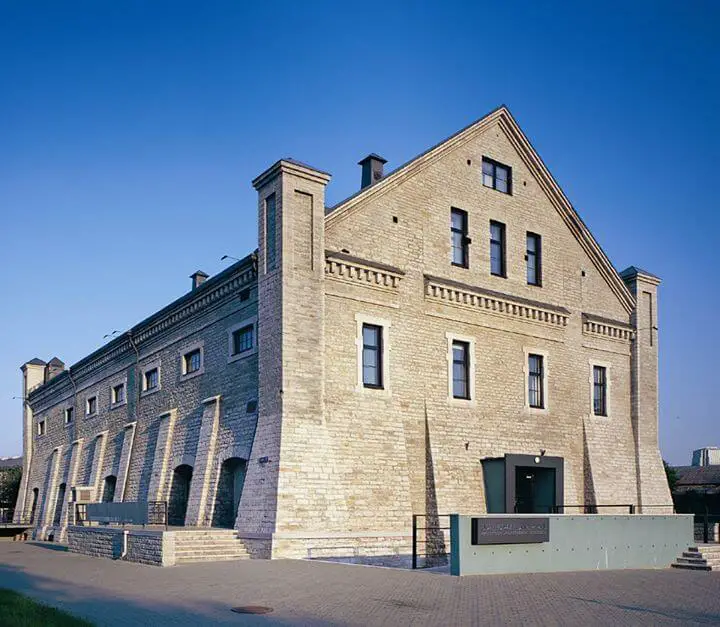
Since 1996 its permanent home has been the historical building of the Rotermann Salt Storage – one of Tallinn’s most outstanding examples of industrial architecture. The Museum of Estonian Architecture aims to operate on a broad front and be able to offer something to specialists, tourists, as well as schoolchildren. Museum of Estonian Architecture focuses on collecting, researching, and displaying 20th-century and contemporary architecture. The Museum possesses a very good archive of drawings and design projects from the 1920s–1930s as well as from the Soviet period, and also a photo archive and a constantly-expanding collection of models.
Arhitektuurimuuseum on museuly
14. St. Nicholas’ Church, Tallinn
This is a medieval former church in Tallinn. It was mainly dedicated to Saint Nicholas, the patron of sailors and fishermen. It was originally built in the 13th century and now houses a branch of the Art Museum of Estonia, which focuses on ecclesiastical art from middle ages onward.
15. Estonian Firefighting Museum
This is a museum that is dedicated to introducing the historical heritage of firefighting in Estonia. The very first volunteer fire department came to be in 1788, and was created by the Brotherhood of the Blackheads. The main exhibits here are antique firefighting equipment.
16. Museum of Occupations
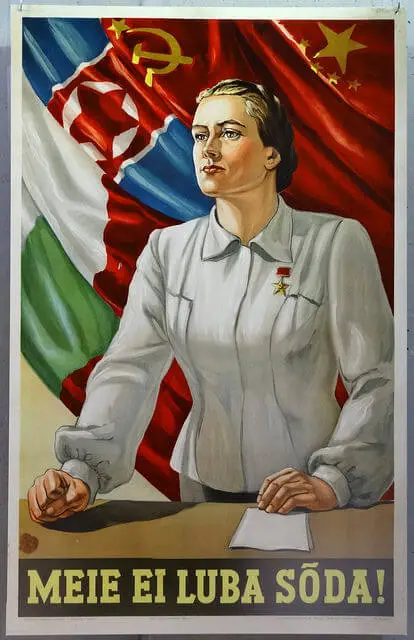
Touring Museum of Occupations is one of the best Tallinn things to do. It is a memorial museum that was established in 2003 and dedicated to displaying Estonia’s history from 1940 – 1991. This is the time when Estonia was occupied by the Nazi Germany and Soviet Union. Museum of Occupations exhibits photos and artifacts collected during this period.
17. Adamson-Eric Museum
First and foremost, Adamson-Eric was one of the best Estonian artists of the 20th century. Known mainly as an accomplished painter, Eric worked in almost all fields of applied art. Adamson-Eric museum is a house that showcases most of his work. The museum also hosts workshops, educational programs, and art camps for children. Adults can participate in art courses and workshops or take a tour around the museum.
18. Tallinn Old Town
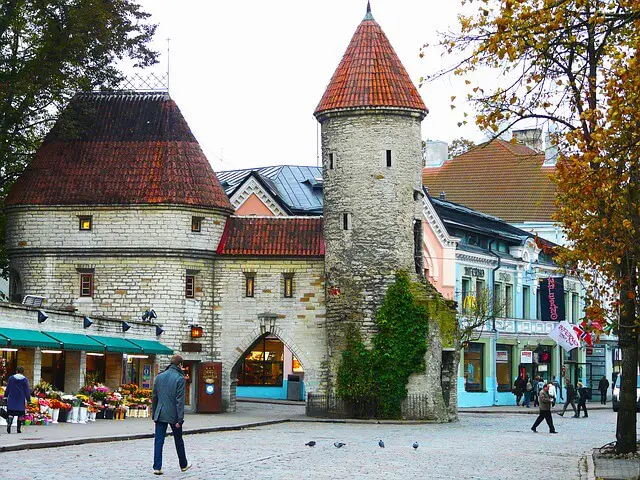
Visitors from across the globe drop around Tallinn town to admire its fascinating beauty. Well, Tallinn is one of the best preserved medieval city in Northern Europe boasting of winding cobblestone streets, enchanting architecture, and Gothic spires. Unlike other cities in the world, Tallinn has been able to preserve it structure of Hanseatic and medieval origin. Due to its still intact 13th century city plan, the Old Town was recognized as a UNESCO World Heritage in the year, 1997.
Spend a day in this Old Town and you will understand why a lot of visitors have described it as mystical, addictive, and mesmerizing.
19. The Museum of Russian Icons
This museum mainly focuses on introducing the culture of the Old Believers, and also offers a great understanding of Russian Orthodox icons.
Currently, there are more than 300 Russian icons dating back from the 15th century to the first third of the 20th century in the exposition.
20. Maiden’s Tower
Maiden’s Tower, one of the most famous Tallinn’s medieval defense towers, was recently renovated and a museum reopened, complete with a showcasing hall in its vaulted cellar. Its widely-known café, which was quite famous in the 1980s, has also been reinstated to its prior glory.
The tower had been earlier damaged during the Livonian War, ending all its military defense functions. Later on, the new age of bastions made all of Tallinn’s medieval towers outdated.
21. Dominican Monastery Claustrum
You can visit the inner chambers of Tallinn’s 13th century Dominican Monastery to get an idea of the earlier lives of the medieval monks. The chambers included three wings, called the Claustrum, of which the east wing still exists. It consists of monks’ library, refectory, dormitory, and other rooms.
If you happen to visit this place, you can’t afford to miss the mysterious ‘Energy Pillar’ in the cellar. The ‘Energy Pillar’ is believed to be a source of both physical and spiritual strength.
22. Estonian Open Air Museum
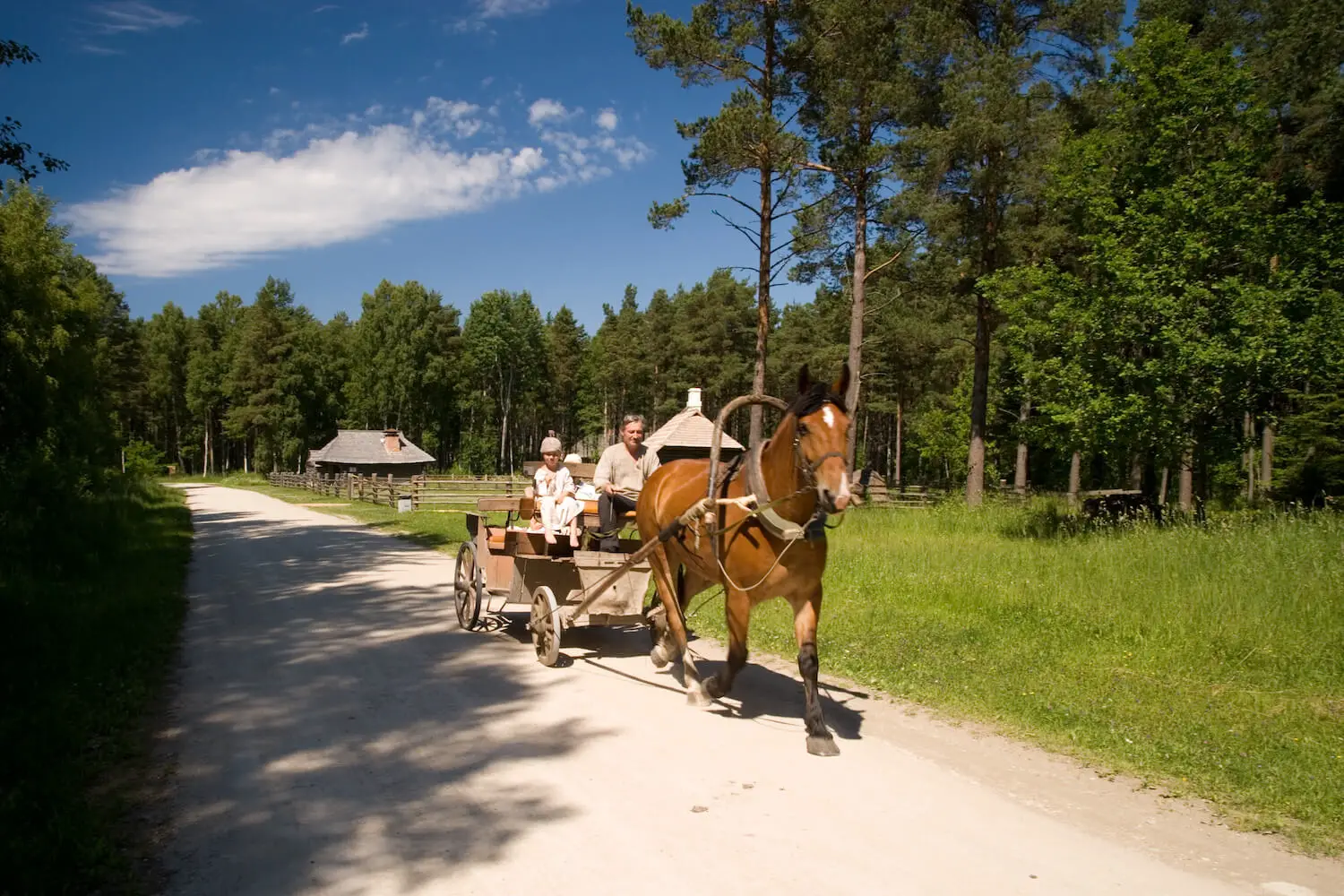
The modus operandi for this museum is quite simple – “If tourists will not go to the countryside, then let us bring the countryside to them.” In this museum, historic buildings have been plucked and transplanted among the tall trees. There are almost 80 houses exhibited at the museum. The oldest exhibit building is the Sutlepa chapel from Noarootsi parish (1699).
Estonian Open Air Museum on museuly
23. Eppingi Tower
The development of Tallinn’s fortifications, and also medieval weapons and armor are on display in the Epping Tower. The incredible interactive expositions of the six floors of this tower will fascinate both the old and the young. The tower is ideal for events that could include special activities, excursions, and catering.
24. Kumu Art Museum
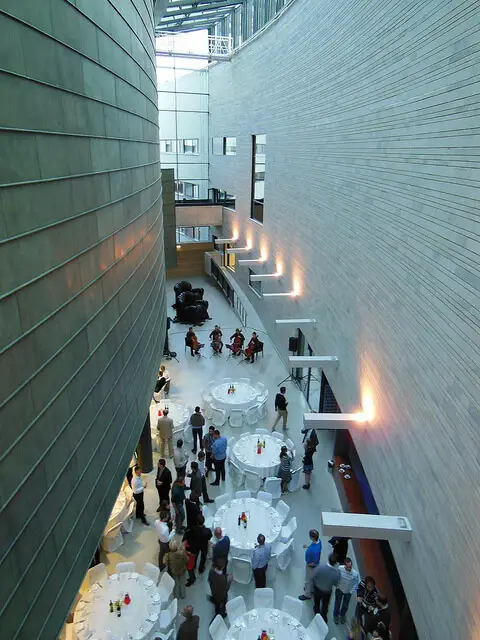
Kumu is an Estonia museum that was established in 2006. From then henceforth, it has grown to be one of the largest art museums in Northern Europe. This museum showcases exhibitions of Estonian art from the 18th century onwards. It also displays temporary exhibitions with Estonian and foreign contemporary art.
25. Saint Olav’s Church
Saint Olav’s Church was built in the 12th century and was the major center for the Scandinavian community before Tallinn was conquered by Denmark in the year 1219. Its dedication is related to King Olaf II of Norway.
Now, you can make the intriguing climb to the top of this Tallinn’s iconic, and Gothic church, which was once the tallest building in the world.
26. KGB Museum in Viru Hotel
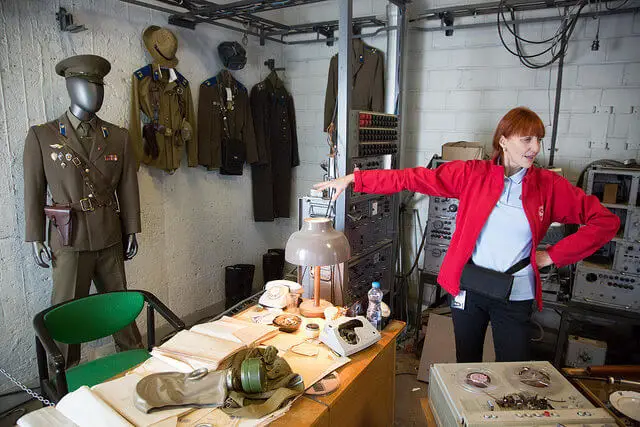
Those intrigued by Tallinn’s secret history can take a tour of the KGB Museum located on the 23rd floor of Hotel Viru. It was rumored that the KGB had files on everybody and they operated inside Hotel Viru. The rumor turned out to be true, as you will realize after the tour.
27. Tallinn City Museum
Tallinn City Museum introduces the city’s history from the 13th century until now. This museum is located in a medieval merchant dwelling. Through distinct pictures, items, and sounds, you will get the idea of how people lived here at different periods of time. Additionally, slide and video programs showcase how life was in the 20th century.
28. Walls of Tallinn
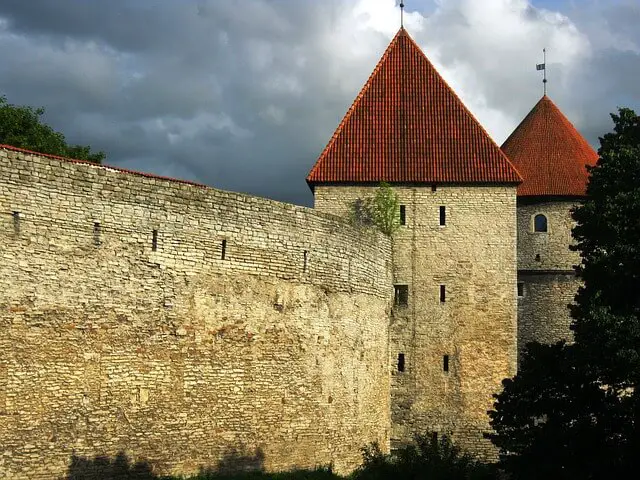
The Walls of Tallinn were built in the 13th century to offer defense for the city by Queen Consort, Margaret Sambiria. The walls surrounded the city and many parts of the wall, including the gates still exist today. These walls hold within them the Tallinn’s Old Town, making the town and the walls a world heritage site.
29. Tallinn Legends
Tallinn Legends is another Tallinn museum. It recreates historical occurrences and legends that contributed to folklores of medieval Tallinn. It does this through storytelling, live performances, and special effects.
30. Maarjamae Castle
For years now, Maarjamae has been a favorite Tallinn attraction site for many. From the 17th century, there has been a summer estate located here. The estate was purchased by J. G. Clementz, who built a sugar factors, Sugar Hill. Several outer walls and stone houses still exist.
31. Estonian National Museum
Another Estonia attraction site is Estonian National Museum. The museum was founded in 1909 and is the only one of its kind in Estonia. It is dedicated to Estonian folklore heritage, folk art, and ethnography. In this museum, tourists are able to learn a lot in regards to the life and traditions of the Estonian people. There is also a display of early Estonian national costumes from all the regions.
32. Estonian Jewish Museum
This museum records the life of the Jews that lived in Estonia since the 19th century to date. It also highlights their main contributions to the local society.
33. Estonian Museum of Natural History
This museum is located in Tallinn’s Old Town. It mainly focuses of nature education and natural history, providing tourists a tour in the wilderness of Estonia. The collections of the Museum contains close to 300,000 museum specimens. An estimated 90% of the plant, butterfly, bird, mammal, beetle, and moth species are represented in the collections.
Conclusion
All the aforementioned Tallinn, Estonia attraction sites and museums are all fascinating places worth visiting. To reduce on costs involved in visiting all these places, you can purchase Tallinn attraction tickets to access them at an affordable rate.
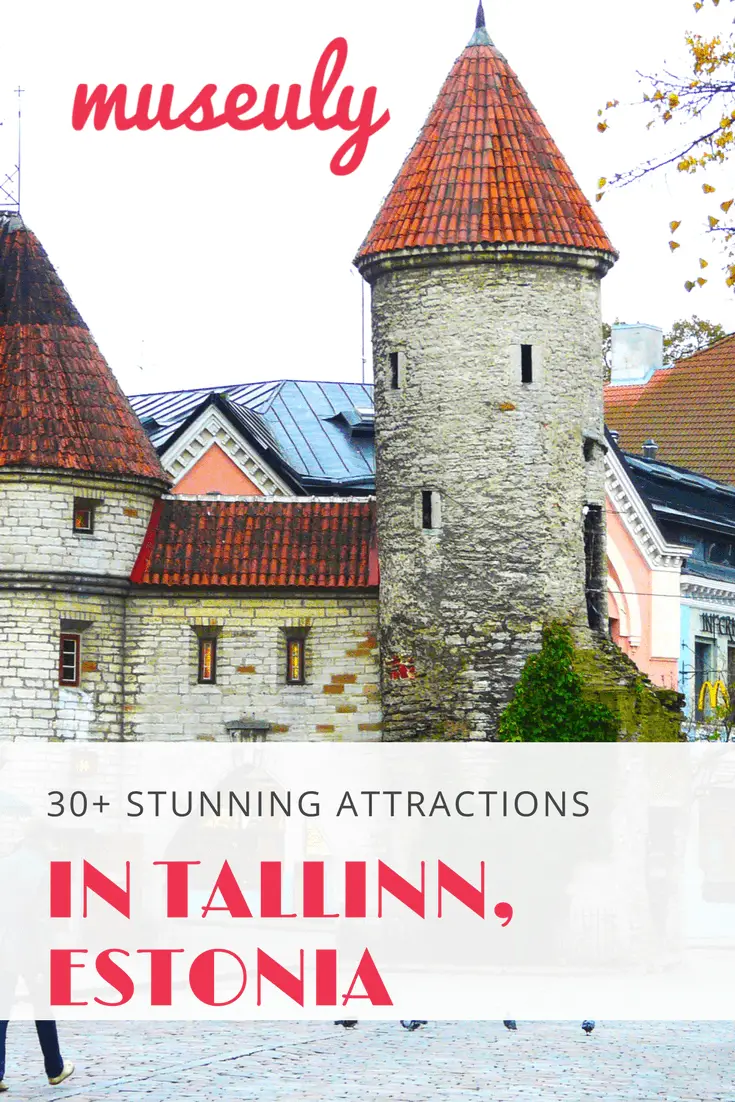
Happy travel to magnificent Tallinn and Baltics! 

Traveling to Tallinn?
Create profile on museuly and don’t miss a single attraction!  It’s free!
It’s free!